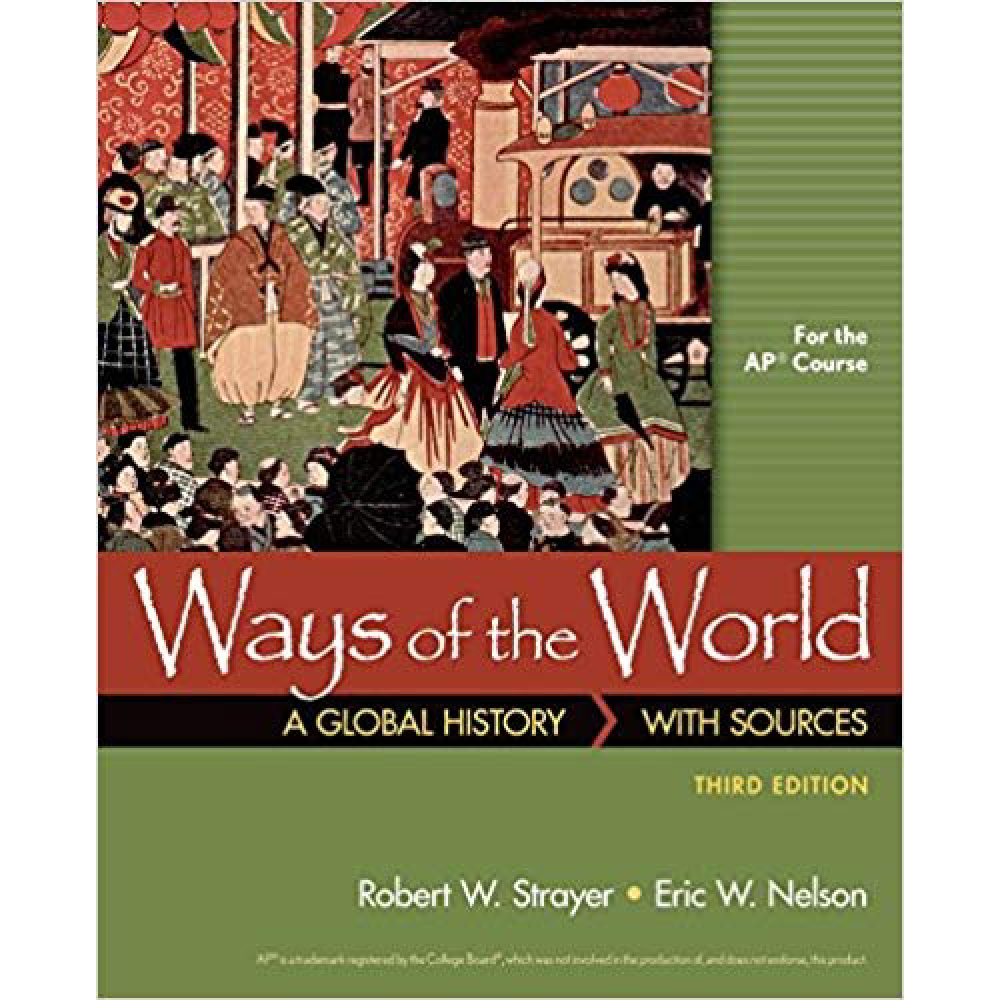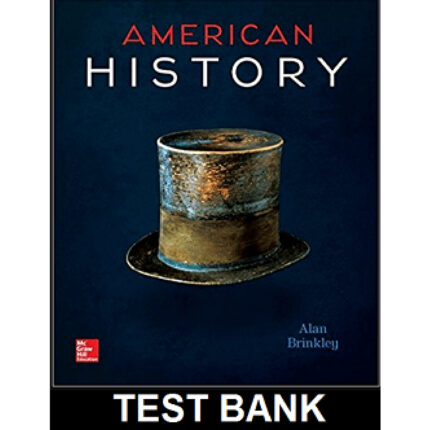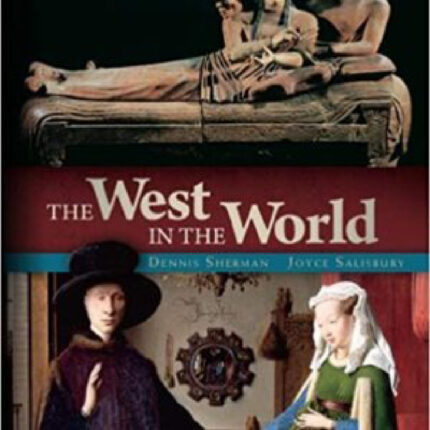Choose the letter of the best answer.
1. Which of the following describes the role pastoral societies played in world history before the Mongol Empire?
A) They preserved the lifestyle of gathering and hunting societies.
B) They spread their polytheistic religions to neighboring civilizations.
C) They created a series of pastoral empires and controlled major trade routes.
D) They introduced new political models that reshaped the states of older civilizations.
2. Why did pastoral societies emerge only in the Afro-Eurasian world and not in the Americas?
A) The environments in the Americas were not suitable for pastoral societies.
B) The settled societies in the Americas lacked the necessary military prowess.
C) There was a lack of large animals that could be domesticated in the Americas.
D) There were no agricultural societies with which to trade in the Americas.
3. A characteristic feature of pastoral societies was their
A) productivity.
B) stratification.
C) mobility.
D) wealth.
4. Which of the following describes pastoral societies’ relationship with agricultural societies?
A) Pastoral societies were self-sufficient and did not interact with agricultural societies.
B) Pastoral societies sought foodstuffs, manufactured goods, and luxury items from agricultural societies.
C) Pastoral societies paid tribute to agricultural societies as a way to maintain diplomatic relations.
D) Pastoral societies were often raided by the professional armies of agricultural societies.
5. In comparison to the Mongol conquests of Persia and China, Mongol rule in Russia
A) did not depend on local elites to govern.
B) was not accompanied by Mongol occupation.
C) penetrated all the way to the village level.
D) resulted in the creation of a mixed-race population.
6. Which of the following was a long-term effect of the Black Death on European society?
A) Shrinking employment opportunities for women
B) Labor shortages that weakened serfdom
C) Better relations between landowners and workers
D) A lack of interest in technological innovation
7. Which of the following was an obstacle to the creation of large empires among pastoralists?
A) Lack of charismatic leaders
B) Lack of horses and weapons
C) Internal rivalry between clans
D) Ignorance of mounted warfare
8. Like the Arabs and the Persians, the Turks between the tenth and fourteenth centuries
A) accepted Confucianism and forced the Chinese Empire to pay them tribute.
B) created short-lived empires that disintegrated when the ruler died.
C) consistently maintained the pastoral lifestyle and resisted assimilation.
D) converted to Islam and introduced the religion to the areas they conquered.
9. Which of the following was a pastoral empire that served as a model for the Turks and the Mongols?
A) Abbasid
B) Yuan
C) Almoravid
D) Xiongnu
10. Which of the following facilitated the creation of the Mongol Empire?
A) The territories the Mongols invaded were experiencing internal divisions.
B) The technology of the Mongols was superior to that of their adversaries.
C) Chinggis Khan had a precise blueprint for world conquest.
D) The tribal values of the Mongols functioned as a unifying ideology.
Answer Key
1. C
2. C
3. C
4. B
5. B
6. B
7. C
8. D
9. D
10. A













Reviews
There are no reviews yet.